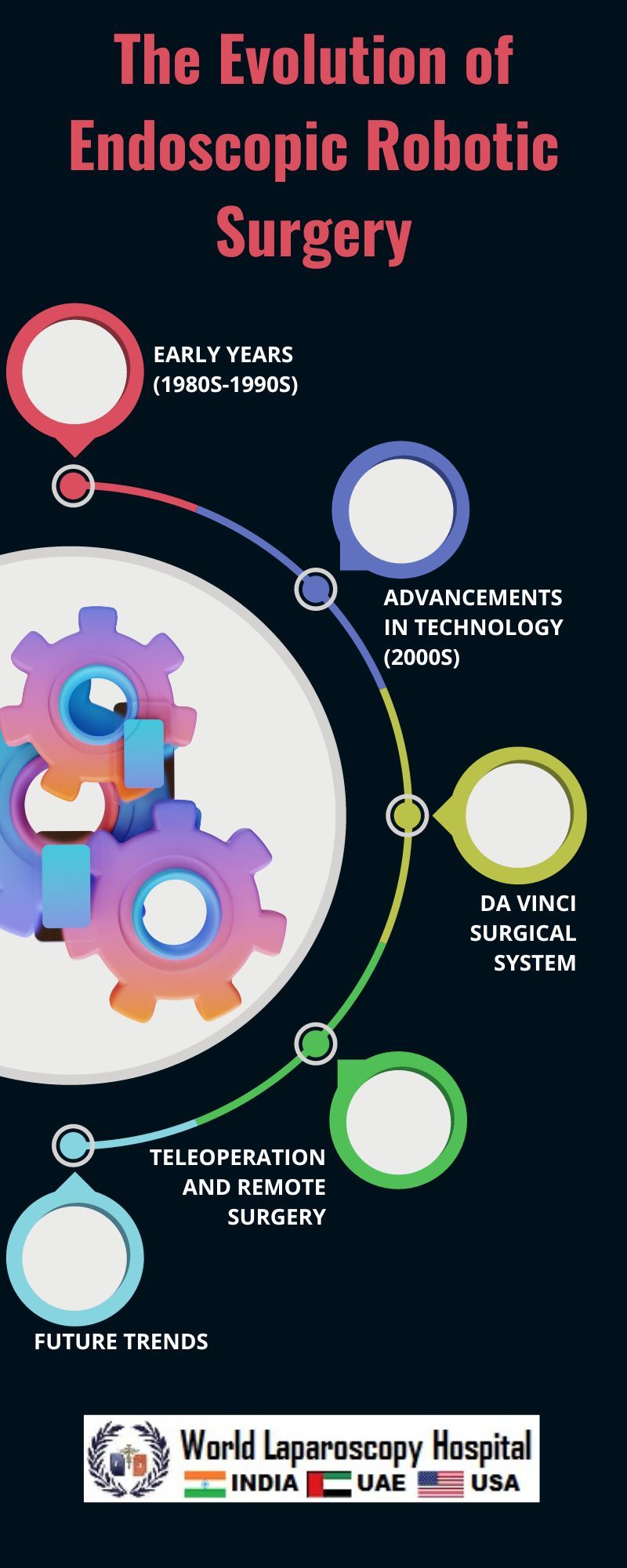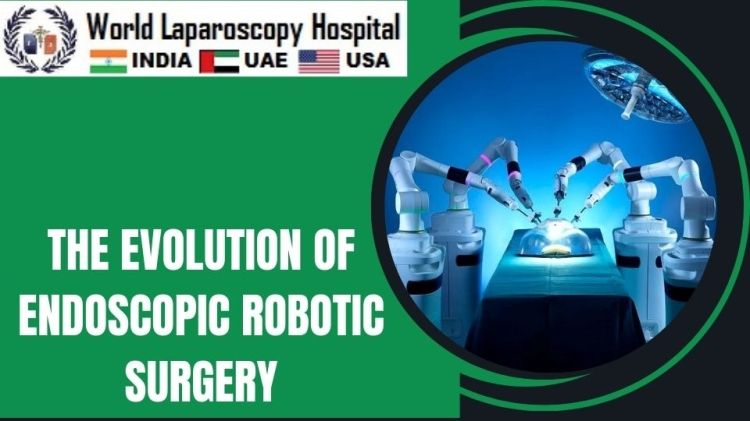The Evolution of Endoscopic Robotic Surgery
Introduction
In the realm of modern medicine, the evolution of surgical techniques has witnessed groundbreaking advancements, none more transformative than the integration of endoscopy with robotic technology. Endoscopic robotic surgery represents a pinnacle of innovation, offering unprecedented precision, enhanced visualization, and improved patient outcomes. This article delves into the comprehensive journey of this remarkable evolution, exploring its origins, technological milestones, current applications, and the promising future it holds.

The Genesis: Early Days of Endoscopic Surgery
The roots of endoscopic surgery can be traced back to the 19th century, when early pioneers experimented with rudimentary instruments to explore the interior of the human body. However, it was not until the mid-20th century that endoscopy gained prominence with the development of flexible fiber-optic scopes, enabling minimally invasive exploration of internal organs.
The initial use of robotic technology in surgery emerged in the 1980s, with the inception of robotic-assisted systems like the PUMA 560. These early systems paved the way for the integration of robotics into endoscopic procedures, setting the stage for a revolutionary fusion of technologies.
Convergence of Endoscopy and Robotics
The convergence of endoscopy and robotics marked a paradigm shift in surgical capabilities. The marriage of these two technologies introduced a new era of precision and control, allowing surgeons to perform intricate procedures with enhanced dexterity and accuracy. The da Vinci Surgical System, introduced in the early 2000s, became a trailblazer in this regard, showcasing the potential of robotic-assisted surgery.
The da Vinci System employed a console where surgeons, seated at a distance from the patient, manipulated robotic arms equipped with surgical instruments. This system not only offered 3D visualization but also translated the surgeon's hand movements into precise actions, reducing the invasiveness of surgeries and minimizing trauma to surrounding tissues.
Technological Milestones in Endoscopic Robotic Surgery
Enhanced Visualization
One of the primary advantages of endoscopic robotic surgery lies in its ability to provide superior visualization. High-definition cameras and 3D imaging capabilities allow surgeons an immersive view of the operative field, facilitating intricate maneuvers and precise tissue identification. This enhanced visualization is crucial for procedures in anatomically complex areas, contributing to improved surgical outcomes.
Instrument Articulation and Dexterity
The evolution of robotic surgical instruments has been pivotal in expanding the scope of endoscopic procedures. Unlike traditional laparoscopic instruments, robotic arms can mimic the natural movements of the human hand with greater flexibility and range of motion. This enhanced dexterity allows surgeons to navigate challenging anatomical structures with finesse, making previously intricate surgeries more accessible and less invasive.
Telepresence and Remote Surgery
Advancements in communication technology have enabled the concept of telepresence in surgery. With robotic systems like the da Vinci, surgeons can perform procedures from remote locations, transcending geographical barriers. This capability is particularly valuable in scenarios where specialized expertise is required but physically inaccessible. Remote surgery holds promise for expanding access to advanced surgical care, especially in underserved or remote areas.
Haptic Feedback
The integration of haptic feedback in robotic surgery addresses a longstanding limitation—the lack of tactile sensation. Haptic feedback systems provide surgeons with a sense of touch, allowing them to feel tissue resistance and apply appropriate force during procedures. This innovation enhances the surgeon's ability to perform delicate tasks, further bridging the gap between traditional open surgery and minimally invasive approaches.
Current Applications and Clinical Impact
Endoscopic robotic surgery has found application across various medical specialties, revolutionizing procedures in fields such as urology, gynecology, gastrointestinal surgery, and more. Prostatectomies, hysterectomies, and colorectal surgeries are among the many procedures that have benefited from the precision and minimally invasive nature of robotic-assisted techniques.
The clinical impact of endoscopic robotic surgery is evident in reduced postoperative pain, shorter hospital stays, and faster recovery times. Patients undergoing robotic-assisted procedures often experience fewer complications and enjoy improved cosmetic outcomes compared to traditional open surgery. Additionally, the enhanced precision of robotic systems minimizes damage to surrounding healthy tissues, contributing to better overall patient outcomes.
Challenges and Limitations
While endoscopic robotic surgery has witnessed remarkable progress, it is not without challenges. The cost of acquiring and maintaining robotic systems, as well as the need for specialized training, remains a significant barrier to widespread adoption. Surgeons require dedicated training to master the nuances of robotic-assisted procedures, and not all medical institutions have the resources to provide such training.
Furthermore, concerns persist regarding the potential for overreliance on technology, leading to a reduction in surgeons' tactile skills. The intricate interplay between human intuition and technological assistance must be carefully navigated to ensure optimal patient care.
Future Horizons: The Road Ahead
As technology continues to advance, the future of endoscopic robotic surgery holds exciting possibilities. Innovations in artificial intelligence (AI) and machine learning may enable autonomous robotic systems capable of learning from and adapting to surgical scenarios. This could further enhance the precision and efficiency of procedures while reducing the burden on surgeons.
Additionally, miniaturization of robotic components may lead to the development of even more compact and specialized robotic platforms, expanding the range of feasible endoscopic surgeries. Integrating augmented reality (AR) into robotic systems could offer surgeons real-time guidance and enhance their situational awareness during procedures.
Conclusion
The evolution of endoscopic robotic surgery represents a remarkable journey from early experimentation to the forefront of modern medical practice. The convergence of endoscopy and robotics has redefined surgical possibilities, offering unparalleled precision, enhanced visualization, and improved patient outcomes. While challenges persist, ongoing advancements and innovations hold the promise of further transforming the landscape of surgical interventions. As we stand on the cusp of a new era in medical technology, the synergy between human skill and robotic assistance continues to shape the future of surgery.




